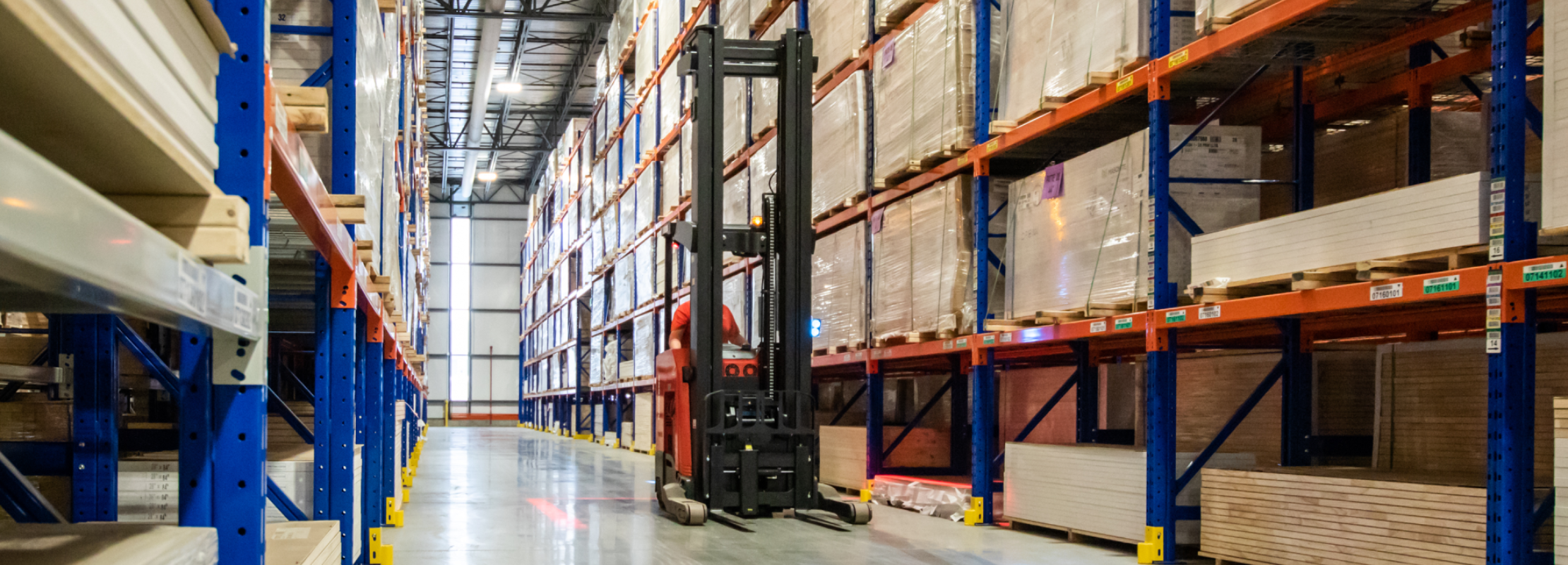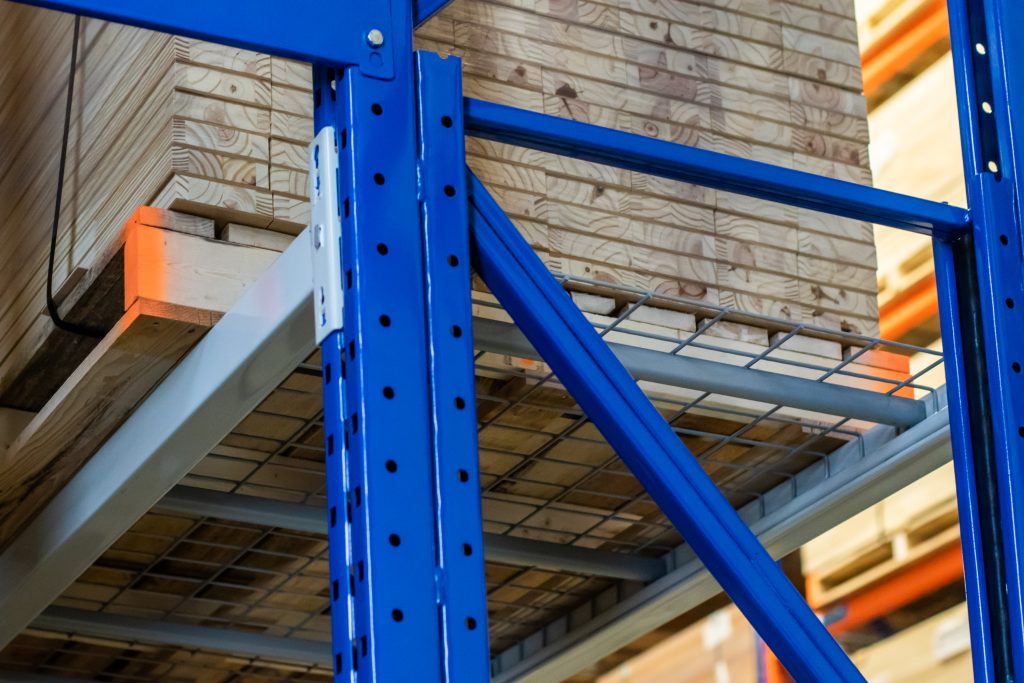
Let’s debunk pallet rack myths!
Storage structures raise a lot of questions since they are complex systems. In this article, we will answer several questions you may have on the subject.
I can change the positioning of the beam levels, however and whenever I want.
False. The addition, removal or change of positioning of a beam level can put the structure at risk. It is therefore essential to consult with experts before making any changes. It is an engineering system!
A good aisle width is about 10 feet.
False. Your forklifts and loads will always dictate the width of your aisles, so there is no magic number. In some cases, it will be less, in others much more!
What is recommended? Take the total length of your forklift with its load/product and add 12 inches to that number. This will give you the minimum space required between the pallets in your aisle.
To stabilize my pallet rack row, I attached it to the wall.
Don’t do that! Pallet racks are self-supporting structures designed to bear the loads of your pallets while your wall was not designed to take this load. In other words, if the pallet rack were to collapse, the wall would follow!
The only exception is if, when designing your building, the building engineer planned the structure accordingly.
The best storage system is…
Unfortunately, there is no perfect system! It’s always the same battle: densification against selectivity. The denser you choose a system (several pallets deep), the less access you will have to products, and vice versa.
The best storage system is usually a combination of systems that will optimize the nature of your SKU’s with your operations. It’s one thing to have a lot of pallet positions, it’s another to be productive.
My pallets must be aligned in front.
False. It is necessary to have an overhang of the pallet between 2 and 4 inches over the front and back beams. If we take the most common example in the industry, a 48″ deep pallet in a 42″ deep pallet rack, we need to center the pallet in the system so that we have a 3″ front overhang and the same at the back.
If we use this same example, but leave no overhang in the front, we will create a 6″ overhang in the back. Although it might seem trivial, there will be an overload over the back beam and the back upright column. Moreover, centering the pallet on the pallet rack stabilizes the whole structure!
Finally, the pallet protruding from the front of the beam prevents potential impacts between the mast of the forklift and the beams.

If you have any further questions about your storage systems, please contact your Structurack representative! We will be happy to help you.
